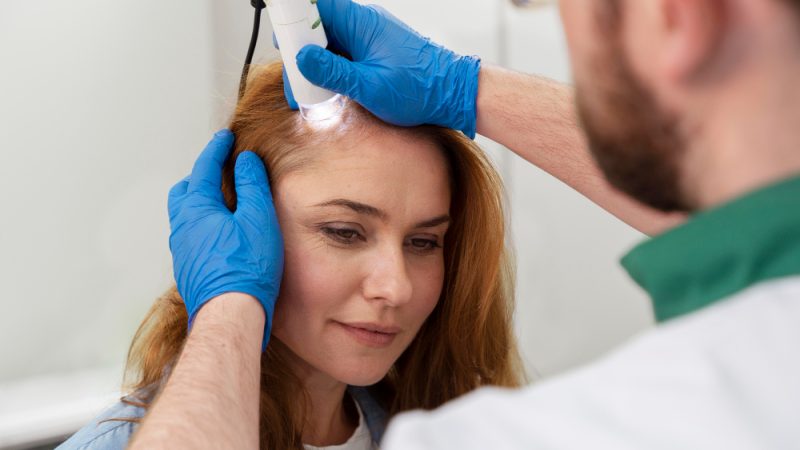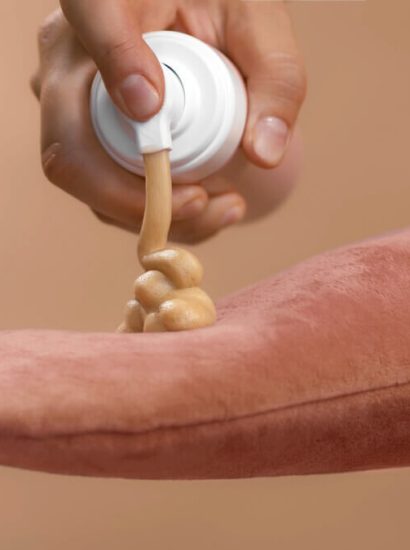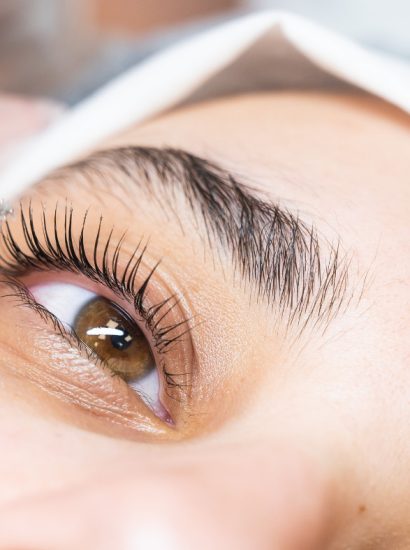Laser hair growth therapy has emerged as a game-changing solution for individuals experiencing thinning hair, hair loss, or bald spots. Low-Level Laser Therapy (LLLT) uses light energy to stimulate hair follicles and encourage new growth. However, like any treatment, its success largely depends on how it’s used. Making certain mistakes during your laser hair growth journey can slow progress or even undo the benefits.
In this article, we’ll explore 10 common mistakes to avoid during laser hair growth treatment to ensure you get the best results possible.
1. Expecting Instant Results
One of the biggest mistakes people make is expecting laser hair growth to work overnight. It’s important to understand that hair growth is a slow biological process. Most users begin to see noticeable results after 12 to 16 weeks of consistent use.
What to do:
Stay consistent and patient. Document your progress with pictures every few weeks to track subtle changes.
2. Using the Device Inconsistently
Laser hair growth therapy requires a strict and regular schedule. Skipping sessions or not following the recommended frequency (typically 3 times a week) can reduce the effectiveness of the treatment.
What to do:
Set reminders or create a treatment calendar. Many devices even come with built-in alerts to keep you on track.
3. Choosing the Wrong Device
Not all laser hair growth devices are created equal. Some may use LEDs instead of true medical-grade lasers, while others might lack FDA-clearance, which ensures safety and effectiveness.
What to do:
Choose FDA-cleared devices such as:
iRestore
HairMax
Capillus
These are supported by clinical trials and have a history of positive results.
4. Ignoring Scalp Health
Using laser therapy on an unhealthy scalp (with buildup, dandruff, or inflammation) can hinder results. The laser light needs to penetrate the scalp to stimulate follicles. A clogged scalp can act as a barrier.
What to do:
Keep your scalp clean and exfoliated. Use clarifying shampoos or scalp scrubs once a week to remove dead skin and oil.
5. Using Incompatible Hair Products
Certain styling or haircare products—especially those containing silicones, sulfates, or heavy oils—can interfere with laser penetration or clog follicles.
What to do:
Switch to lightweight, laser-friendly products. Look for labels that mention “laser compatible” or “scalp safe.” Natural products with aloe vera, caffeine, and biotin are great choices.
6. Skipping Consultation with a Professional
Self-diagnosing your hair loss and jumping straight into laser therapy can be a costly error. Hair loss can be caused by underlying medical conditions such as thyroid disorders, PCOS, or stress.
What to do:
Visit a dermatologist or trichologist before starting treatment. They can confirm whether laser therapy is suitable for your type of hair loss.
7. Overusing the Laser Device
Some users mistakenly believe that more sessions equal faster results. Overuse can irritate the scalp and damage hair follicles instead of helping them.
What to do:
Follow the manufacturer’s instructions carefully—usually 15–30 minutes per session, 3–4 times a week. Never exceed the suggested duration or frequency.
8. Ignoring Other Contributing Factors
Laser therapy is effective, but it’s not a magic cure-all. Poor nutrition, hormonal imbalance, or stress can still impede your progress even with perfect use of a device.
What to do:
Adopt a holistic approach. Eat a balanced diet rich in iron, vitamin D, zinc, and protein. Consider supplements if recommended by your doctor.
9. Giving Up Too Soon
Another major mistake is discontinuing use too early. Some users stop after just a month or two if they don’t see immediate results. But hair growth cycles take time.
What to do:
Commit to using the device for at least 6 months. Only evaluate the effectiveness after 90–120 days of consistent use.
10. Not Maintaining Results After Growth
Even if you achieve noticeable regrowth, stopping the therapy can lead to gradual reversal of results. Laser therapy helps maintain healthy follicles, and once the stimulation stops, the benefits may fade.
What to do:
Once you reach your desired hair density, switch to a maintenance schedule (e.g., once a week) to sustain the benefits.
Conclusion: Success Lies in Smart Use
Laser hair growth therapy offers tremendous promise, but it isn’t foolproof. Avoiding the mistakes listed above can mean the difference between wasted time and visible, satisfying results. When used correctly, these devices can stimulate follicles, slow shedding, and lead to fuller, healthier hair.
Consistency, proper device choice, scalp care, and realistic expectations are your best allies. Pair your laser treatment with good nutrition and lifestyle habits for optimal results.
FAQs
1. How soon will I see results from laser hair growth therapy?
Most users see initial improvements in hair texture and reduced shedding within 8–12 weeks. Noticeable hair regrowth typically appears after 4–6 months of consistent use.
2. Is laser hair growth therapy safe for all hair types?
Yes, LLLT is generally safe for all hair types and textures. However, those with dark or light-colored hair may respond differently. It’s always best to consult a professional before starting.
3. Can I use laser therapy with other hair loss treatments like minoxidil?
Yes, laser therapy can be combined with other treatments like minoxidil, PRP, or supplements. In fact, this combination may enhance results.
4. Are there any side effects of laser hair growth devices?
Side effects are rare but may include mild scalp irritation, redness, or dryness if overused. Following manufacturer instructions minimizes any risks.
5. What happens if I stop using the laser device?
If you stop completely, your hair may gradually return to its original thinning state. To maintain results, a reduced-frequency maintenance routine is recommended.
Also read : Bio Oil Dry Skin Gel: 10 Ways to Use It for Maximum Hydration





